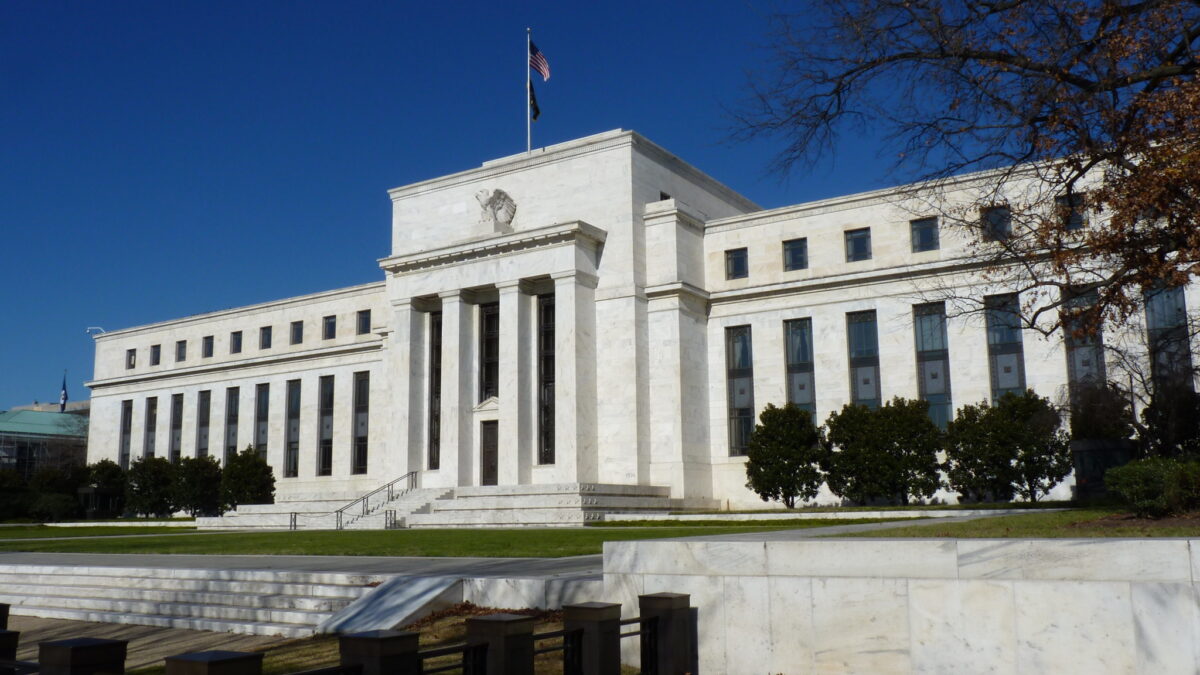Sweden stood as the world’s fourth wealthiest country nearly five decades ago. Its taxes were lower than most western countries, including the United States. The economy was deregulated, and public spending was hardly above 10 percent gross domestic product (GDP).
But Sweden was soon teetering on the brink of collapse from its experiment with socialism.
“Free markets and small government made Sweden rich,” said Swedish economist and Cato Institute fellow Johan Norberg. “The experiment with socialism crashed us.”
No one guessed the system would crash. The country was ripe for a socialist experiment in the early 1970s. The Swedes were hardworking, optimistic, wealthy, and trusting of their politicians. As programs were implemented in the ’70s and ’80s, public spending almost doubled and labor markets became regulated. The new welfare state, however, appeared to enhance Sweden’s already strong economy with large-scale redistribution and high taxes.
This brief period when socialism seemed to work is the model promoted by Bernie Sanders and Alexandria Ocasio-Cortez, Norberg said at a The Fund for American Studies (TFAS) event last week. Today, 36 percent of Americans are sympathetic to socialism compared to only 9 percent of Swedes. That’s because Sanders and AOC only point to the 30-year episode of socialism’s artificial success before Sweden crumbled under its reality.
[Related Post: How ‘Democratic Socialism’ Wreaked Havoc On My Native Sweden]
“The problem with these policies is that they began to erode the foundations for a successful society,” Norberg said.
Reversing Sweden’s traditions of small government and an open economy disintegrated its successful business climate. Big companies like IKEA either evaded taxes or left the country. Athletes like Björn Borg and entrepreneurs fled the country. High inflation raged and not a single net job was created in the private sector.
The new generation raised in socialism had no incentives to work. The once healthy population began calling in sick because of the generous benefits for sick days. They shamelessly accepted the public benefits that their hardworking parents once despised.
Sweden not only fell from being the 4th richest country to the 14th richest country, but its very nature as a country changed. An authoritarian-like government was necessary to ensure the population did not abuse its welfare system. Sweden’s democracy was sliding into a dictatorship, and the Swedish people were not pleased.
The system began crashing after debt-fueled inflation in the ’80s. The ’90s were stained with a massive economic crisis. Banks were on the brink of collapse and, for a brief moment, the Central Bank had 500 percent interest rates to defend the Swedish currency.
Sweden agreed that socialism was not working. In fact, it was a disaster.
“Some of the government’s programs were unsustainable, some of the policies were absurd, and the tax system was perverse,” Norberg said quoting a Swedish Social Democratic finance minister.
The 30-year experiment “was a brief interlude of failure,” Norberg said. To reform and save its economy, Sweden reverted back to its capitalist structure. It reduced public spending by a third, demolished taxes on property and inheritance, and reduced taxes in other areas. Defined benefits were cut and only defined contributions were permitted.
The system became partially privatized with privately-owned accounts. The markets became opened to private providers and private companies who contributed to institutions like healthcare and schools. Sweden also deregulated markets to cause a surge in entrepreneurship.
Swedish healthcare became regionally run and funded by local state tax. Overconsumption had created long hospital lines depriving those with urgent needs of immediate attention. These kinds of inefficiencies of the universal programs caused Sweden to open to more private companies.
“Swedish Socialism is the longest way from Swedish capitalism to Swedish capitalism,” Norberg said.
Americans have a vital lesson to learn from Sweden’s experiment. We are similar to 1970 Sweden with our wealth and optimism. However it is imperative to acknowledge that our wealth is not ensured, Norberg warned.
“We always want more, but it’s never enough,” Norberg said.
As Gunnar Myrdal, a social economist who inspired the building of the welfare state, said, “If it doesn’t work in Sweden, it won’t work anywhere.” The distribution of wealth is unsustainable. The Sweden that Americans ought to study exemplifies an open economy and free market. Our model must be Swedish capitalism and not the forever failing model of socialism.









